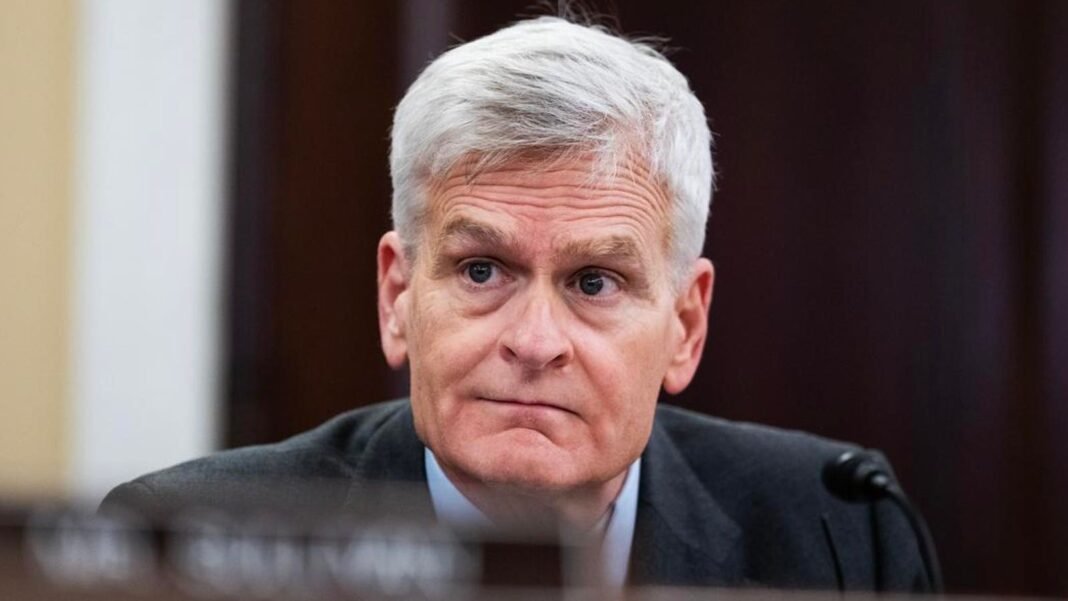Senate Unveils Major changes to Student Loan Forgiveness and Repayment Systems
Senate Republicans recently introduced their version of the higher education reforms within a larger reconciliation package,following a similar bill passed by the House last month. This new proposal signals significant challenges ahead for borrowers who depend on student loan forgiveness programs or income-driven repayment plans.
Overview of the Senate’s Proposed Student Loan Reforms
The senate GOP’s plan closely aligns with the House’s approach, preserving many provisions that would dismantle current student loan forgiveness programs and affordable repayment options. These reforms represent some of the most extensive federal financial aid changes in recent memory.
- Elimination of Most Income-Driven Repayment (IDR) Plans: The legislation seeks to terminate widely used IDR plans such as Income-Contingent repayment (ICR), Pay As You Earn (PAYE), and Saving on A Valuable Education (SAVE). Borrowers enrolled in these programs would be transitioned into a modified version of an older Income-Based Repayment (IBR) plan, potentially causing monthly payments to rise by over $400 for many individuals.
- Launch of a New IDR Program – The Repayment Assistance Plan (RAP): RAP proposes payment calculations based on income but extends repayment terms up to 30 years before forgiveness eligibility. While it includes benefits like interest subsidies that prevent ballooning balances and gradual principal reduction, low-income borrowers may face higher monthly payments compared to existing options.
- Restrictions on Public Service Loan Forgiveness (PSLF): Although PSLF remains available for most public employees, medical and dental residents would lose access under this proposal-impacting thousands entering healthcare fields annually.
- Abolishment of Biden-Era Borrower Protections: Rules enabling loan forgiveness due to school closures or institutional misconduct are set for repeal, narrowing relief opportunities in such cases.
- Tightening Oversight Over Department of Education Authority: The bill limits DOE’s ability to enact new regulations expanding debt relief pathways or broadening eligibility for forgiveness programs.
- Abolition and Restriction on PLUS Loans: Graduate PLUS loans would be completely eliminated while Parent PLUS borrowers face stricter limitations; notably, they would lose access to income-driven plans unless already enrolled before enactment.
Differences Between Senate and House Bills Affect Borrowers Unequally
A key distinction lies in how spousal income is factored under RAP: unlike the House bill which allows married couples filing separately to exclude spousal earnings from payment calculations,the Senate proposal counts spousal income irrespective of tax filing status-potentially increasing monthly obligations considerably.Additionally, both bills impose caps on Parent PLUS borrowing below typical graduate tuition costs ($65,000 in Senate vs. lower limits proposed by House), raising concerns that families might resort more frequently to costly private loans as alternatives.
The Larger Picture: Escalating tuition Costs Amid Economic Pressures
This legislative effort emerges amid soaring college expenses nationwide; average tuition has climbed over 45% since 2010 after adjusting for inflation. Meanwhile, nearly 46 million Americans collectively owe upwards of $1.8 trillion in student debt-a figure continuing its upward trajectory despite pandemic-era pauses ending across multiple states as collection efforts intensify once again.
Cautions from Consumer Advocates About Potential Negative Impacts
“This legislation forces all current IDR participants into an altered IBR plan requiring 15% of discretionary income above 150% poverty level-effectively inflating bills substantially,” stated one consumer rights association representing millions nationwide affected by these changes. “Moreover, extending repayment periods disrupts borrower expectations established when loans were initially taken.”
“The reconciliation package undermines young Americans striving toward economic advancement,” said another policy analyst focused on youth empowerment initiatives. “It risks pricing out low-income students just when affordability is critical amid rising living costs-and worse yet diverts funds toward massive corporate tax breaks instead.”
The Path Forward: What Borrowers Should Anticipate Next
No immediate alterations will affect federal student loan holders until this legislation passes through several procedural steps-including committee reviews within the Senate followed by full chamber votes-and reconciles differences with its House counterpart before final approval becomes possible.
The slim Republican majorities mean any internal party dissent could delay progress; however,, given strong alignment between both chambers’ proposals regarding higher education reform,, ample modifications appear unlikely without intense political negotiation.
if enacted into law,, many borrowers can expect increased payment demands starting next year alongside renewed collection activities targeting those previously shielded during pandemic-related moratoriums..
Navigating Uncertainty Amidst Policy Changes
This shifting habitat highlights urgency around understanding individual loan terms thoroughly and exploring alternative strategies such as refinancing where feasible or consulting financial advisors specializing in student debt management-especially considering recent data indicating nearly one-third of borrowers struggled with timely repayments even prior to these proposed reforms taking effect.





